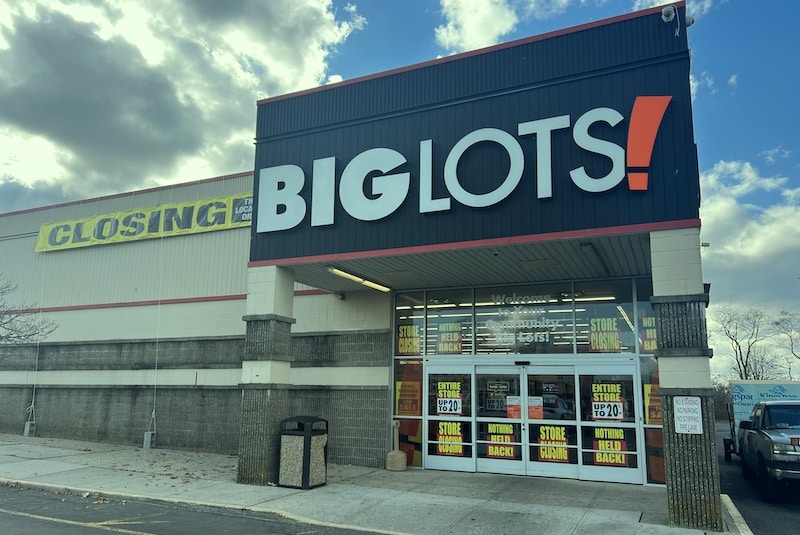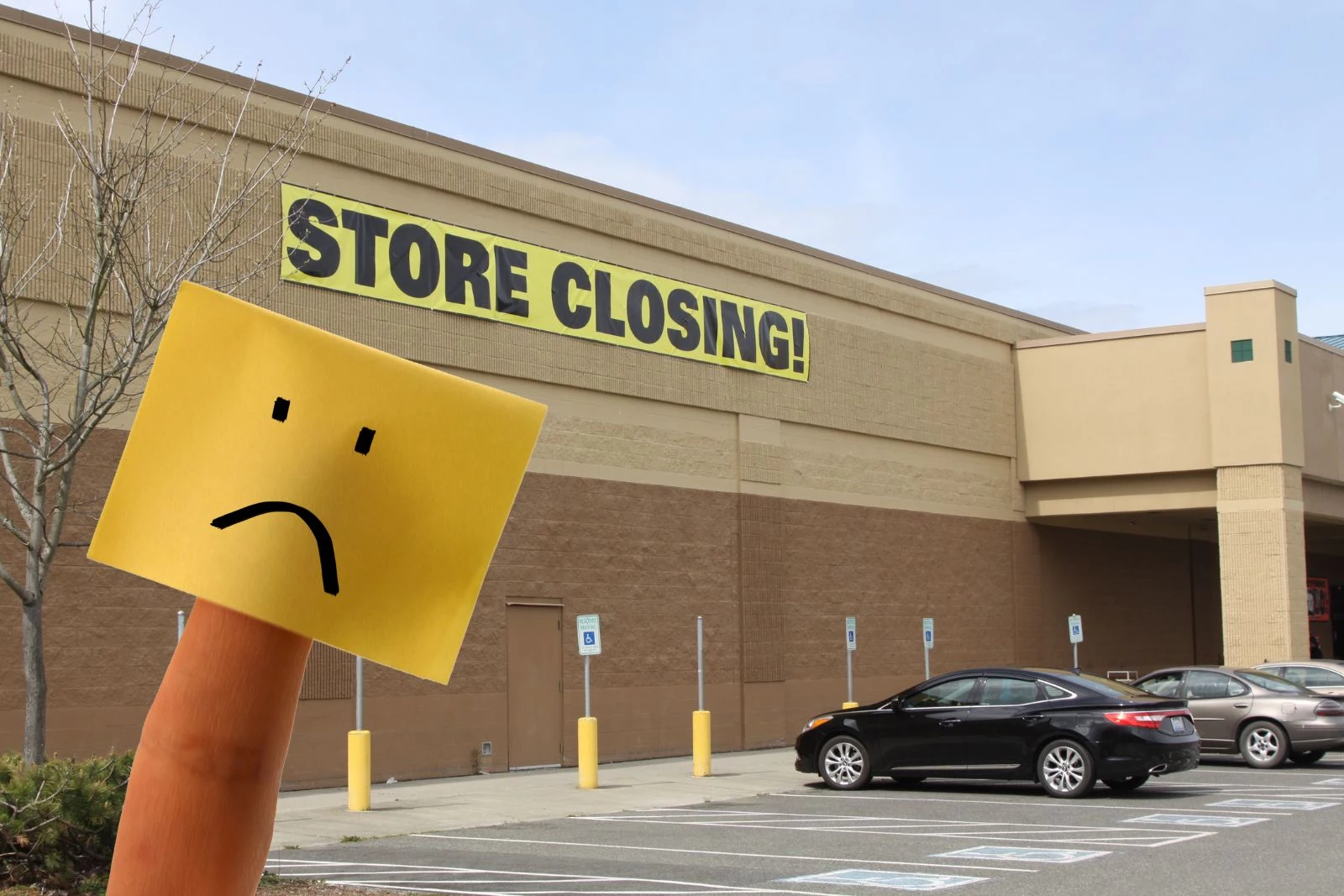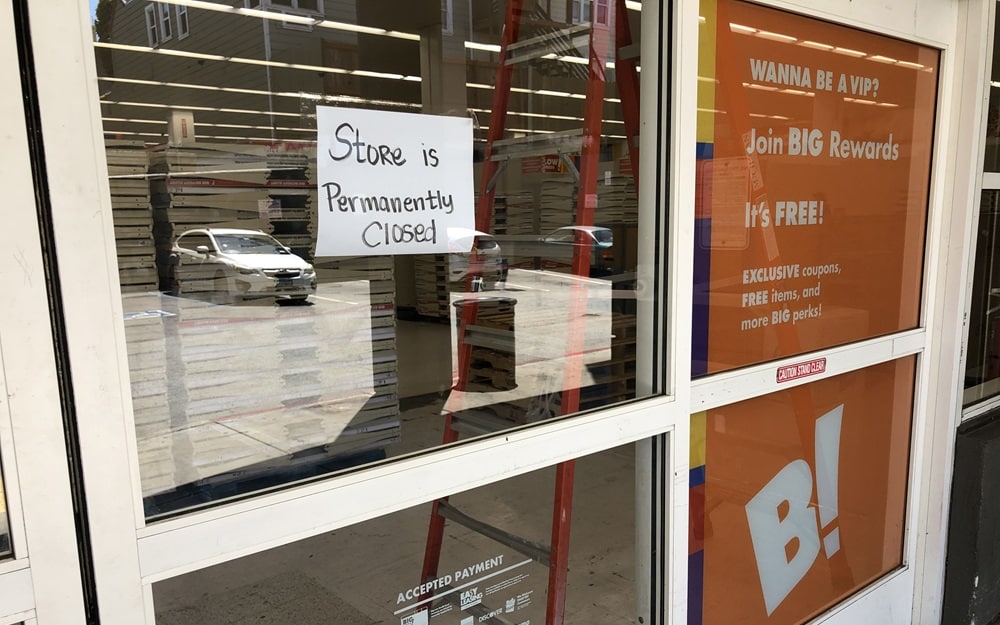Big Lots, a popular US retail chain, has recently announced indefinite closures for several of its outlets. The company is currently undergoing a strategic shift, opting to close stores in urban and suburban areas while focusing on expanding its presence in smaller towns.
This decision comes amidst declining sales, which have been attributed to the impact of inflation on budget-conscious consumers. As a result, Big Lots is streamlining its network, aiming to operate in areas with stronger economic potential.
Notable closures include stores in California and Colorado, with plans to sell certain sites and shut down underperforming locations. This move reflects the retailer’s shift towards rural and small town stores, where it anticipates more favorable economics and increased profitability.
Big Lots Shifts Focus from Urban to Rural
Big Lots has announced a strategic shift in its focus from urban to rural markets, signaling the closure of stores in major cities and an expansion into small town markets. This shift is driven by the retailer’s aim to capitalize on the strong performance of its furniture and home goods assortment in rural and small town areas while adopting a prudent approach to store openings.
Closing Stores in Major Cities
The decision to close stores in major cities comes as Big Lots aims to reshape its store portfolio and real estate strategy towards rural and small town markets. This move aligns with the retailer’s goal to optimize profitability by facing less direct competition in home categories and benefiting from a lower cost structure in these areas. Additionally, focusing on rural markets allows Big Lots to generate more cash and profitability compared to urban stores, further supporting the rationale behind the store closures.
Expansion into Small Town Markets
With a clear emphasis on furniture and home goods, Big Lots looks to capitalize on the opportunities present in small town markets. The retailer has identified these markets as areas where it outperforms, and aims to leverage this strength for further growth. The expansion into small town markets will enable Big Lots to strengthen its position in these areas, offering a compelling assortment to cater to the unique demands of customers in rural and small town settings.
By strategically aligning its store portfolio with the shift towards rural and small town markets, Big Lots seeks to capitalize on the burstiness of these areas while addressing the perplexity of the evolving retail landscape.
Lyrics on Demand, Green Acres Theme LyricsBig Lots, Inc., Big Lots Reports Q3 ResultsSeeking Alpha, Big Lots, Inc. (BIG) Q3 2022 Earnings Call Transcript
The Impact of Inflation on Big Lots
Declining Sales and Budget-Conscious Consumers
Big Lots, like many other retail chains, is feeling the impact of inflation. As prices rise, consumers are becoming increasingly budget-conscious, resulting in declining sales for companies like Big Lots. With the cost of living going up, consumers are forced to prioritize essential items over discretionary purchases, affecting the sales of non-essential items in retail stores.
The Struggle with Non-Essential Items
The current economic landscape posed by inflation has led to a struggle for retail chains like Big Lots, especially when it comes to non-essential items. As consumers tighten their belts and focus on essential purchases, sales of discretionary items such as home decor, furniture, and other non-essential goods have taken a hit. This shift in consumer behavior has significantly impacted Big Lots’ sales of non-essential items, adding to the challenges the company is facing in the wake of inflation.
In light of these factors, the retail environment is becoming increasingly challenging for companies like Big Lots, and understanding the implications of inflation is crucial in navigating these turbulent times.
A Strategic Move for Profitability
The Economics of Rural Store Locations
Big Lots’ decision to close some of its rural store locations aligns with a broader industry trend. Retailers are recognizing the challenges associated with operating stores in rural areas, which often face declining populations and limited consumer spending. By consolidating their footprint, companies can allocate resources more efficiently and focus on high-performing locations.
Selling Urban Store Sites for Revenue
In a strategic move to optimize its store portfolio, Big Lots is evaluating the option of selling urban store sites. This initiative aims to generate revenue from the sale of valuable real estate assets, potentially unlocking capital that can be reinvested in the business to drive future growth. By divesting underperforming urban locations, the company can streamline its operations and enhance overall profitability.
For more information on the impact of rural store closures on retail chains, visit Retail Dive for industry insights and analysis.
The Future of Big Lots’ Store Network
Adapting to Changing Consumer Demands
The retail landscape is continuously evolving, driven by changing consumer preferences and behaviors. Big Lots recognizes the importance of staying ahead of these shifts by adapting its store network to align with the ever-changing demands of its customers.
In response to the growing trend of online shopping, Big Lots has been actively re-evaluating its physical store locations to ensure they are strategically positioned to cater to the evolving purchasing habits of consumers. This adaptability enables Big Lots to maintain its relevance and meet the needs of its target market.
Big Lots’ Plans for Store Openings in 2023
Looking ahead to 2023, Big Lots is poised to embark on an ambitious plan for store openings, reaffirming its commitment to providing accessible retail locations for its customer base. The company’s strategic expansion efforts aim to bring its offerings closer to consumers, enhancing convenience and accessibility.
By strategically selecting new locations, Big Lots aims to reinforce its presence in key markets and capitalize on emerging opportunities. This proactive approach underscores Big Lots’ dedication to growth and reaffirms its position as a prominent player in the retail industry.
Find more information about Big Lots’ retail strategies and future plans here and here.
Store Closures in California and Colorado
Specific Locations Facing Shutdown
Big Lots has recently announced the indefinite closure of several of its stores in California and Colorado. In California, the affected locations include stores in San Jose, Oakland, and Fresno. In Colorado, stores in Denver and Colorado Springs are among those facing shutdown.
The Reason Behind Selecting These Stores
The decision to close stores in these specific locations is primarily driven by a combination of factors, including declining foot traffic, underperformance, and the broader strategic realignment of the company’s retail footprint. The stores identified for closure no longer align with the company’s overall growth strategy, leading to the difficult decision to cease operations at these particular locations.
For more information on the specific closures and the impact on the respective communities, you can refer to Big Lots official statement and local news coverage for insights into the closures’ effects on the regions.
Conclusion
In conclusion, Big Lots’ decision to close stores in urban and suburban areas and refocus on small towns is a strategic move to adapt to changing consumer behaviors and economic challenges. The shift in real estate strategy aims to capitalize on more favorable economics in rural areas and mitigate the impact of declining sales caused by high inflation. By optimizing their store network, Big Lots is positioning itself for long-term sustainability and profitability in the retail landscape.











